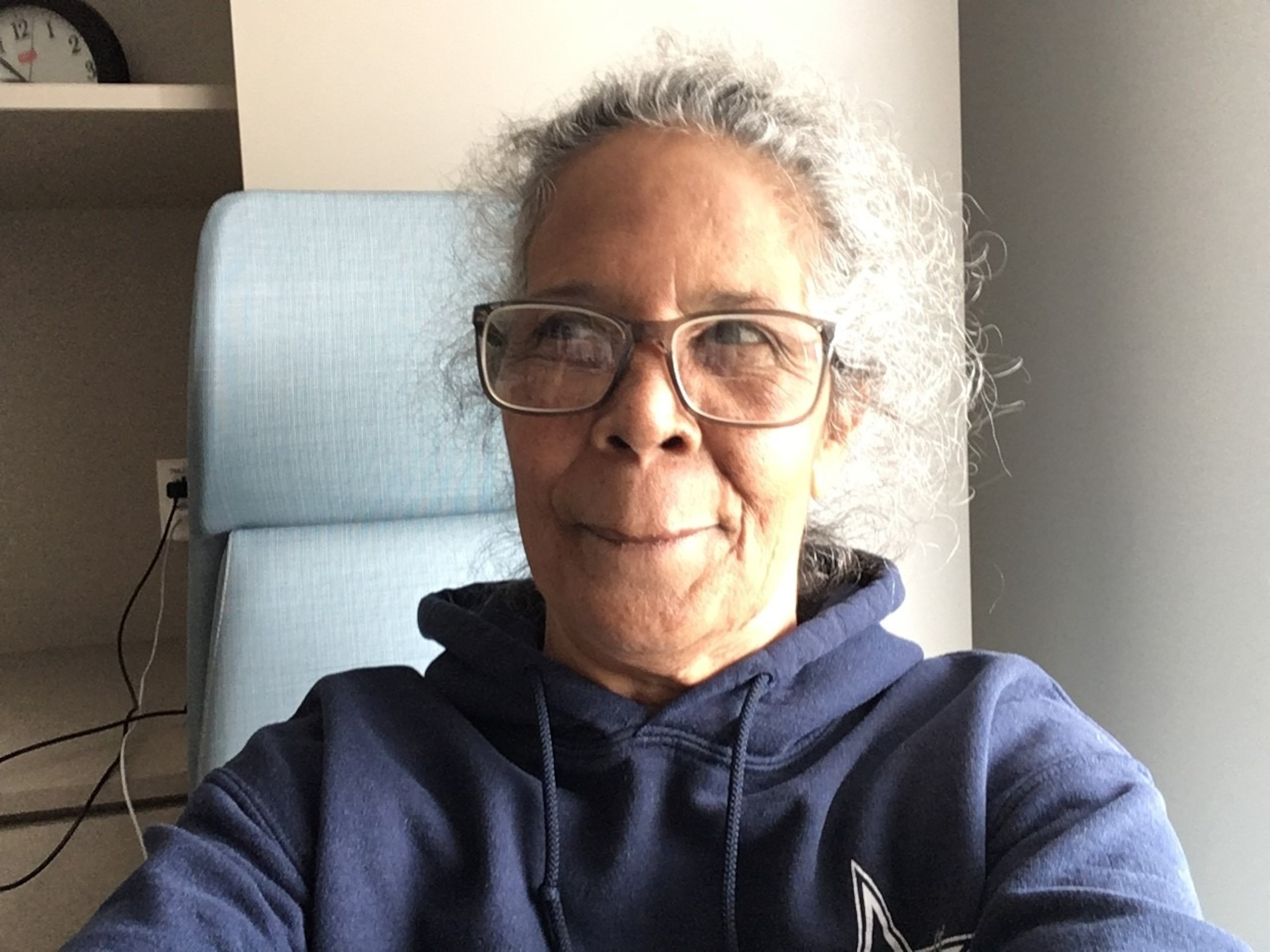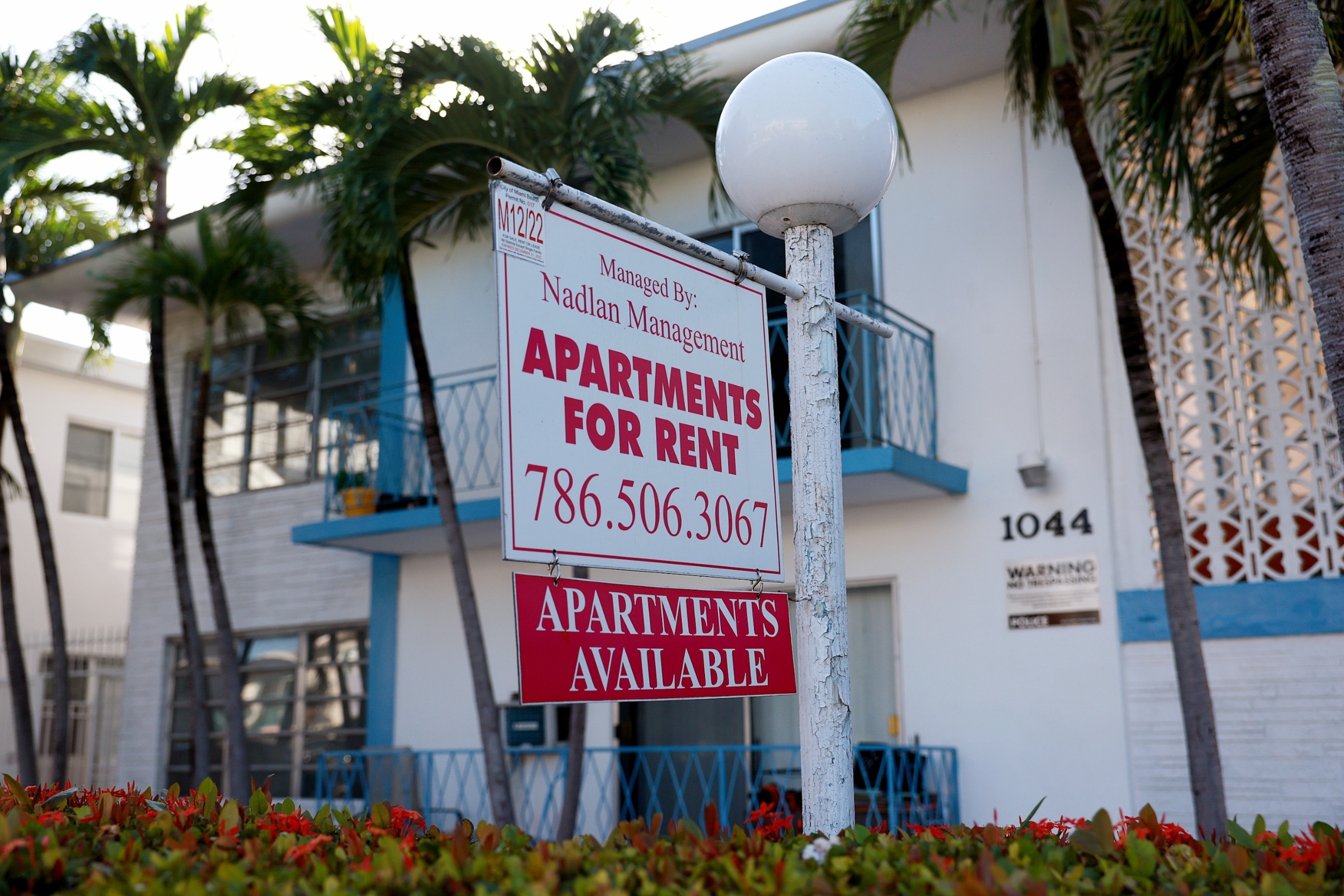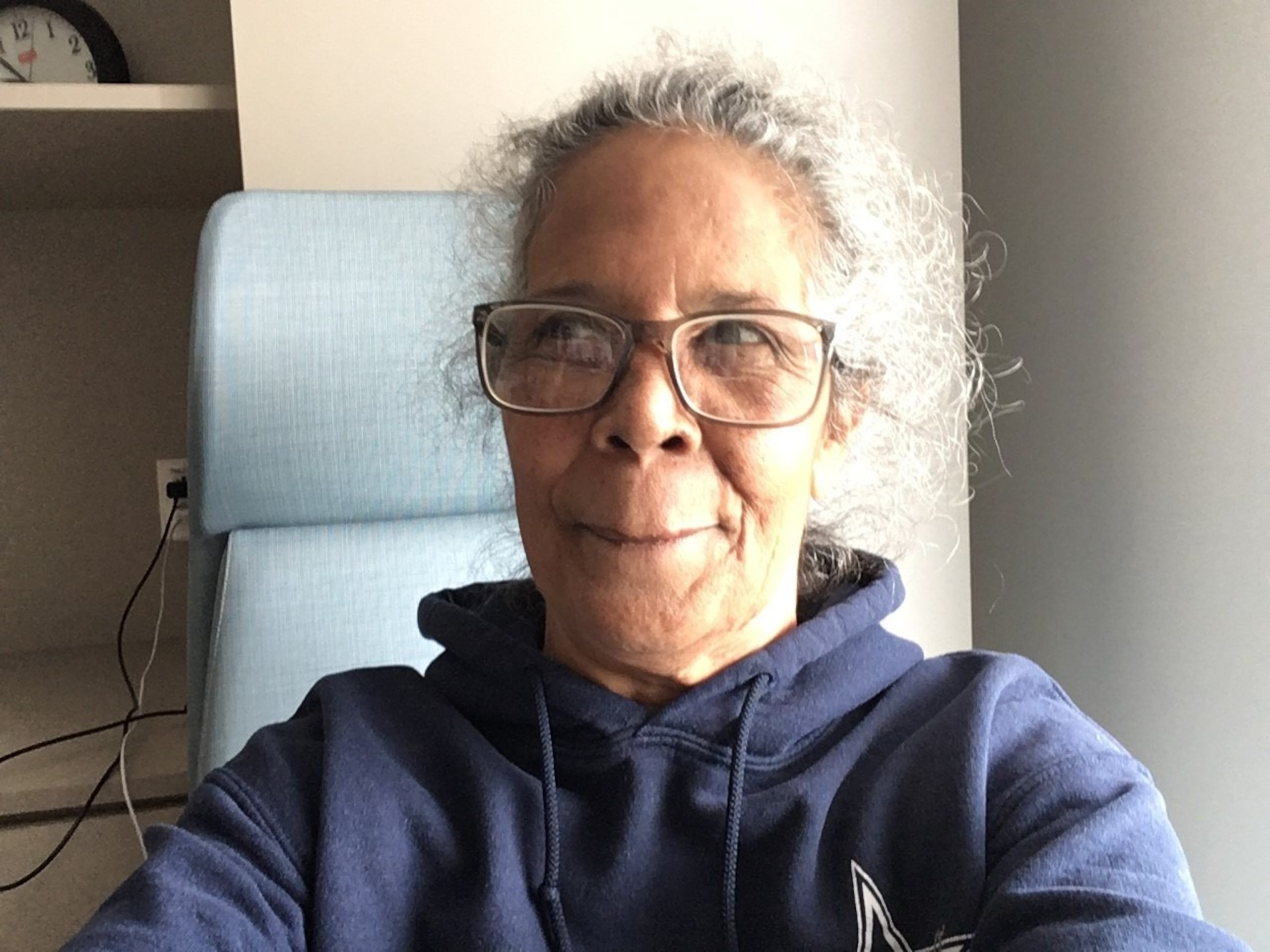Half of American renters are burdened by the cost of housing, according to a recent Harvard study, officially capturing the grim reality facing renters nationwide.
Marianne Smith, a 65-year-old Oklahoma resident, is one of them — paying about 35% of her income toward rent, she said in an interview with ABC News.
“I eat or I pay my bills,” Smith told ABC News. “Had I not had family and friends that could afford to just put money in my bank account, I’d be on the streets.”
In 2023, Smith says a medical emergency left her in an ongoing state of economic vulnerability. Smith is widowed and says she can’t work due to a genetic blood disorder and other health conditions.
Her only income is the $1,844 Social Security Disability Insurance she gets monthly, which she’s been using to pay her outstanding medical bills and rent. She says her rental cost alone is $660 a month.
However, she says her rent has been increasing every year, with each signing of the apartment’s yearlong lease, putting more and more pressure on her wallet. The median gross rent in the state of Oklahoma stands at $934, according to the U.S. Census.
When asked how a reduction in her Lawton, Oklahoma, renting costs could impact her life, Smith said: “Oh my God. I’d eat three meals a day instead of two or one. Let’s start there.”

Marianne Smith, an anti-poverty advocate in Oklahoma, says the increase in her renting costs is putting her on the financial brink.
Marianne Smith
Sarah Saadian, the Senior Vice President of Public Policy and Field Organizing at the National Low-Income Housing Coalition, said rental costs are putting households nationwide on the brink.
“When you’re devoting so much of your very limited income toward housing, it means that any sort of financial hiccup – your car breaks down, your kid is sick and you miss a day of work – that very easily can spiral out of control,” said Saadian.
She continued, “More and more households that are struggling to pay rent are living just one sort of financial shock away from facing evictions and, in worst cases, homelessness.”

Marianne Smith, an anti-poverty advocate in Oklahoma, says the increase in her renting costs is putting her on the financial brink.
Marianne Smith
Rent puts pressure on daily choices for many Americans
Rent reached historic highs in 2021 and 2022, the Joint Center for Housing Studies of Harvard University report found. And currently, more Americans are burdened by rent than ever before. Harvard defines “cost-burdened households” as those that spend more than 30% of income on rent and utilities.
Median rents were 21% higher in 2022 than they were in 2001, with adjustments for inflation. However, renters’ incomes have risen just 2% during the same period.
And though rental costs are cooling, they remain well above pre-pandemic costs.
Of the 22.4 million renters who are rent-burdened, the study found that roughly half of them are spending more than 50% of their income toward rent.
This has impacted Americans across a broad range of income levels.
Since 2019, Harvard found that the cost burden intensified the most for middle-income renter households earning $30,000 to $74,999 annually. About 40% of households earning $45,000 to $74,999 were rent-burdened, and almost 70% of households between $30,000 and $44,999 were burdened.
In 2022, 83% of low-income households were cost-burdened, with 65% experiencing severe burdens.
This all comes as the U.S. economy continues to perform well on other measures of economic health: Inflation is falling, job growth is surging and gross domestic product is proving much more resilient than expected in the aftermath of near-historic interest rate hikes.
Rent burden is impacting Americans in every state in both rural and urban areas.
The locations with the highest shares of renters that are cost-burdened, according to Harvard’s study, are: Boulder, Colorado; San Angelo, Beeville, Rockport in Texas; Gainesville, Miami, Fort Lauderdale, Port St. Lucie, Naples, Homosasso Springs and Pompano Beach in Florida; State College and East Stroudsburg in Pennsylvania; Lawrence, Kansas and Corvallis, Oregon.

An ‘Apartments for Rent’ sign hangs in front of a building on Dec. 06, 2022 in Miami Beach, Fla.
Joe Raedle/Getty Images, FILE
Affordable housing access isn’t keeping up
Not only is it that rentals are getting more expensive, but states across the country are actually losing the number of apartments that qualify as low-rent and have been since 2011, according to the Joint Center for Housing Studies.
“We have this widening gap between what people earn and how much their housing costs and, at the same time, we have a severe shortage of homes, especially those that are affordable to people with the very lowest incomes,” said Saadian.
For those searching for a place to stay, the outlook on affordable housing is bleak. A growing share of U.S. households can’t find housing they can afford, Harvard researchers found.
Xzandria Armstrong, a 38-year-old Georgia resident, has been on the hunt for affordable housing for several years.
She said she has experienced housing instability with her two children throughout those years – her lack of a credit history, she said, has made applying for housing difficult.
She said she’d been denied repeatedly, as compounding application fees only worsened her financial situation. She said she and her family were forced to move between homeless shelters, short-term rentals and sleeping in her car while waiting to be accepted.
“These children are growing up in hotel lobbies and this is their childhood. It makes me sad. And I think that we can do better,” said Armstrong.
After receiving housing vouchers, she said she was only left with options in neighborhoods or housing that she felt was unsafe for her children.
She says that lawmakers should look at the housing they’re supplying for low-income families: “He or she would probably be flabbergasted and be like, ‘I’d like to live in none of these.’ But that’s what you chose for us, who voted for you.”
Donna Wilson, a 65-year-old Texas resident, works part-time on top of receiving governmental assistance for her disability and senior housing.
She said it’s barely enough to get by, to cover her medication, rent, and other essentials.
“I cannot afford to get a full-time job, because I would lose my benefits,” she said, adding that even if she had a full-time job and lost her benefits, she likely wouldn’t make enough to afford those necessities anyway.

Donna Wilson, an anti-poverty advocate and HIV awareness activist, says lawmakers need to take action regarding the increase in housing costs.
Donna Wilson
Wilson was a single parent for much of her life and said she leaned on homeless shelters in emergencies for housing.
Homelessness has been on the rise across the country since 2016, according to the U.S. Department of Housing and Urban Development, prompting Wilson to become an anti-poverty activist with the Poor People’s Campaign to use her experiences to advocate for change.
“You see so many unhoused people because they can’t afford the rent for whatever reason — these are educated people, these are veterans. This is no accident,” she said.
A recent report from the Department of Housing and Urban Development found more than 650,000 people were experiencing homelessness on a single night in January 2023, a 12% increase from 2022.
Harvard researchers found that the “most fundamental driver of the nation’s growing homelessness” is the ongoing housing affordability crisis.
“When you look at a person on the street, don’t look down on ’em, because you don’t know what their situation is,” Wilson said. “You don’t know what made them become unhoused.”
Rent burden is a growing concern for many Americans as the cost of living continues to rise. According to a recent study by the Joint Center for Housing Studies of Harvard University, nearly half of all renters in the United States are considered cost-burdened, meaning they spend more than 30% of their income on housing expenses. This financial strain can have a significant impact on individuals and families, forcing them to make difficult decisions about how to allocate their limited resources.
One of the biggest challenges faced by those who are rent burdened is balancing their housing expenses with their other basic needs. For many, paying rent takes priority over other necessities such as food, healthcare, and transportation. This can lead to a cycle of financial instability, as individuals struggle to make ends meet each month.
In a recent survey conducted by the National Low Income Housing Coalition, respondents shared their experiences with rent burden and the impact it has had on their lives. One participant, a single mother of two, explained that she often has to choose between paying her rent and buying groceries for her family. “It’s a constant juggling act,” she said. “I never know if I’ll have enough money to cover all of our expenses each month.”
Another respondent, a college student working part-time to pay for her education, shared that she has had to take on extra shifts at work in order to afford her rent. “I’m constantly stressed about money,” she said. “I feel like I’m always one unexpected expense away from not being able to pay my rent.”
The financial strain of rent burden can also have long-term consequences for individuals and families. Research has shown that households that are severely rent burdened are more likely to experience food insecurity, poor health outcomes, and housing instability. This can have a ripple effect on communities, leading to increased demand for social services and higher rates of homelessness.
In response to the growing issue of rent burden, advocates are calling for policies that address the root causes of housing affordability. This includes increasing funding for affordable housing programs, expanding rental assistance programs, and implementing rent control measures to protect tenants from steep rent increases.
As Americans continue to grapple with the financial strain of rent burden, it is clear that more needs to be done to ensure that everyone has access to safe, affordable housing. By addressing this issue head-on, we can help alleviate the financial stress faced by millions of individuals and families across the country.



